
Finally we have in our hands the queen of the pumps, the Ecotech Marine VorTech MP40QD. Deeply renewed and improved in regards to its most critical flaw, the noise.
When Ecotech Marine presented the last MP40w the aquaristic world was stunned. Us included. It was 2011, and our review at time was very enthusiastic (here is the review). Then, when we used it for a while it showed its main problem, the noise. In the review we already underlined this flaw and we measured 7dB of difference between minimum and maximum. That was a sound pressure 4 times higher than declared.
In 2015 Ecotech Marine resolved the problem with the Quiet Drive (QD) version, which meant their change of direction.
But the differences between the old and the new Vortech don’t involve just the noise problem, because even the flow rate has increased. But let’s see the specs in detail.
Technical characteristics of the VorTech MP40QD
| Flow rate | 19,000 l/h |
| Consumption | 9-37 watt |
| Suggested aquarium | from 190 to 1,800 liters |
| Maximum glass thickness | 19 mm |
| Cost | 419 euro |
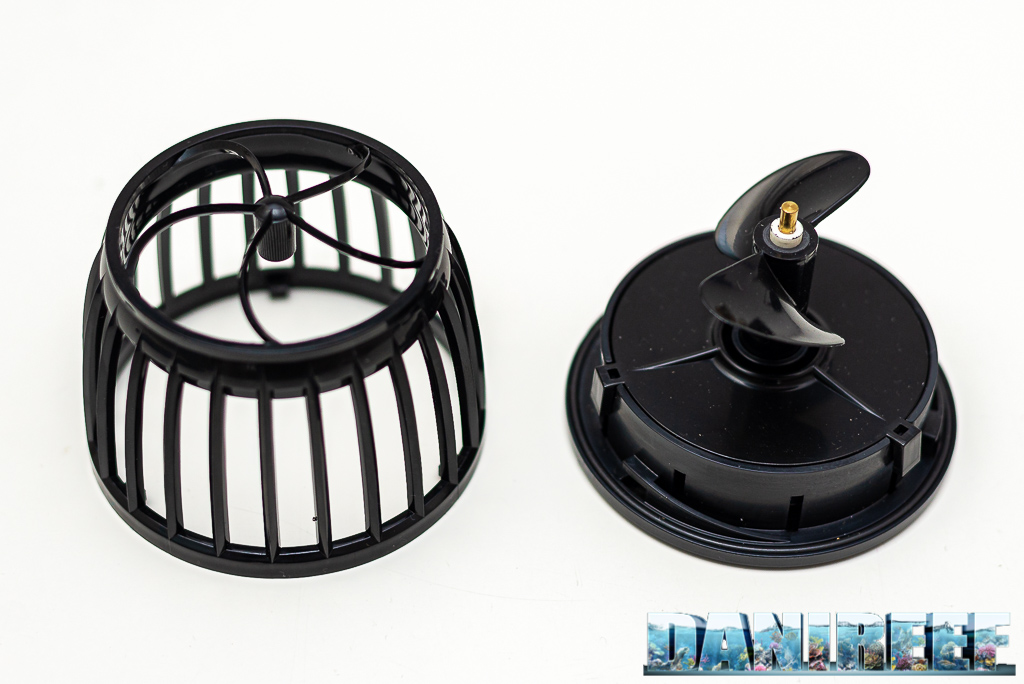
Our presentation video and review of the pump
As you may already know, after having a piece of equipment for a few months, we like to do a video-review, less complete than the article, but more suitable for certain content. In this case, we’ll show you the process of set up and configuration, also including the methods of use. The video is in Italian, but you can turn on the subtitles. We hope you enjoy it, and then we’ll see you here to continue the article.
How the Vortech works
VorTechs are very particular pumps because they’re not like the classic spin or impeller models, buy they work by magnetic drive. One part stays outside the glass, the Dry Side, and the other is in the water, the Wet Side. Obviously they have to be coupled, only the glass and the pin spacer in between. The pin spacer has to be applied to the Dry Side. In this way you create a distance of 16-19 mm that’s perfect for the best functioning of the pump.
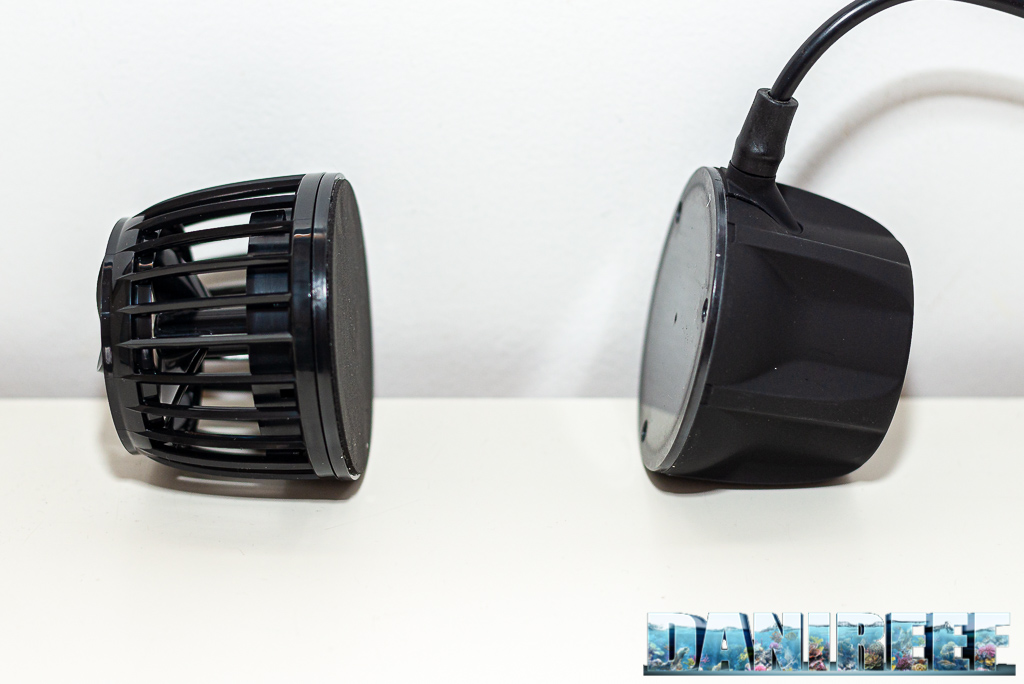
In our case, given the fact that we had a glass thickness of 15 mm, we used the smaller pin spacer.
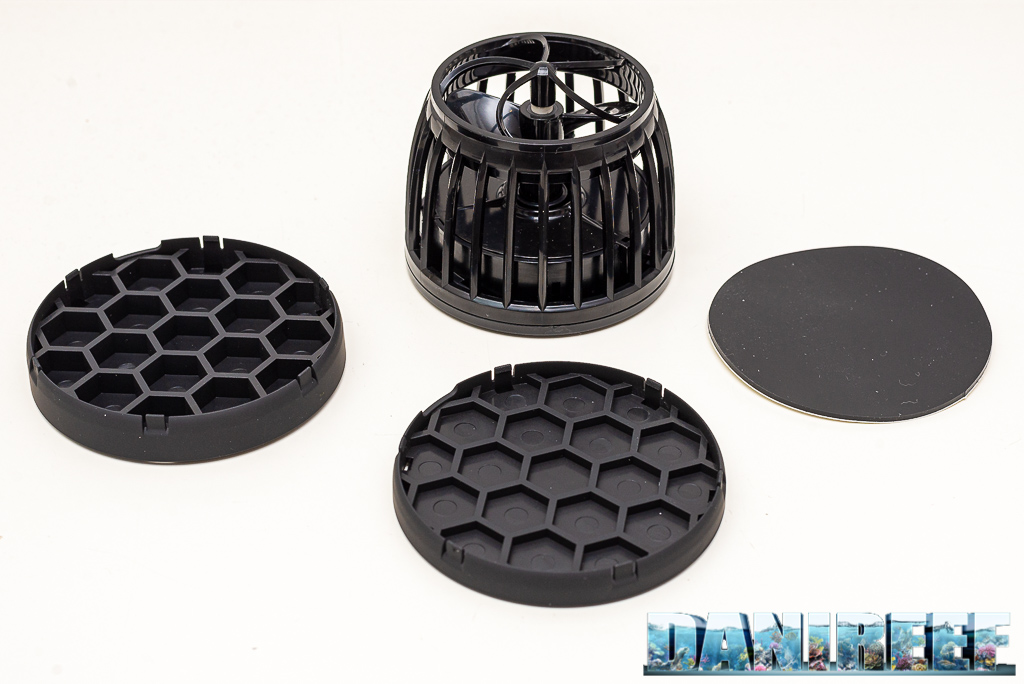
Technically speaking, we have 19,000 l/h of flow rate and a consumption of 39 watts, that is an efficiency of 487 liters per watt, and considering the cost of 419 euro, the economic efficiency is 45,3 liters per euro. Compared to the previous pump the efficiency is basically the same, while the economic efficiency has improved with more watts per euro.
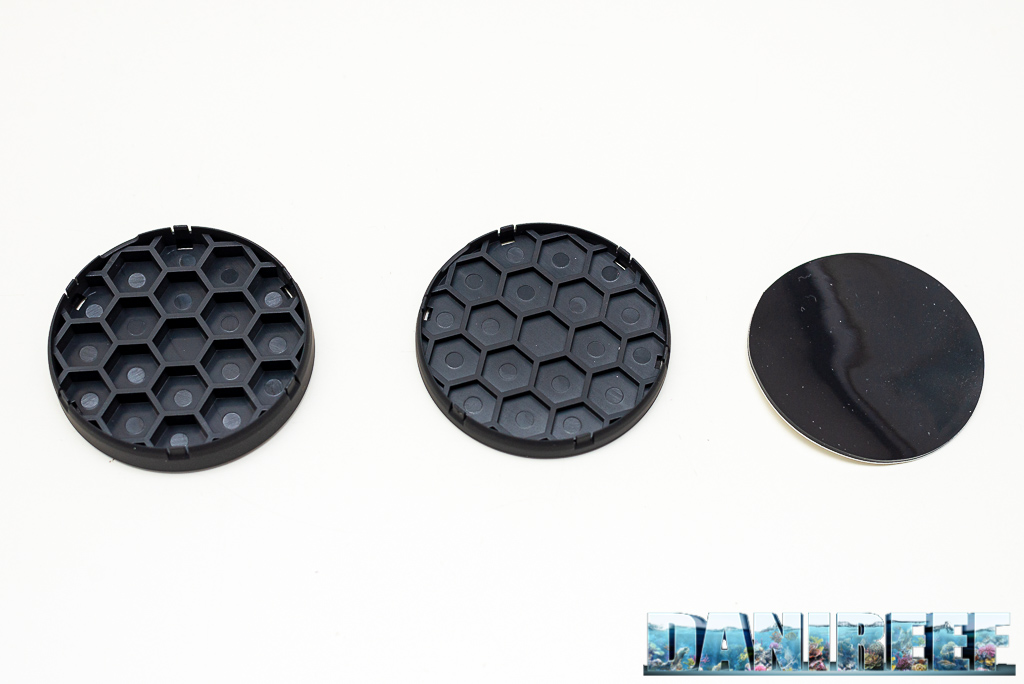
What does a pump of this kind mean?
This configuration with an external engine has many advantages and disadvantages.
First thing, as we have underlined before, the space occupied in tank is very minimal, and as Ecotech Marine says it’s now possible to enjoy your corals without the bulk of the pumps in aquarium.

It’s clear than being external, the engine is potentially exposed to accidental falls. It’s not probable that someone can hit and make it fall off, but it can happen. Ecotech Marine suggests to attach the electric cable of the engine to the glass with the fairleads that are included (as you can see in our video). But the wonderful advantage of having an external engine is not having any electric cables in tank and so the safety that they won’t come in contact with the water. But the external engine doesn’t allow you to place the pumps just anywhere, because they can’t be oriented and need an aquarium designed for them. In the video we show how we placed the ours.
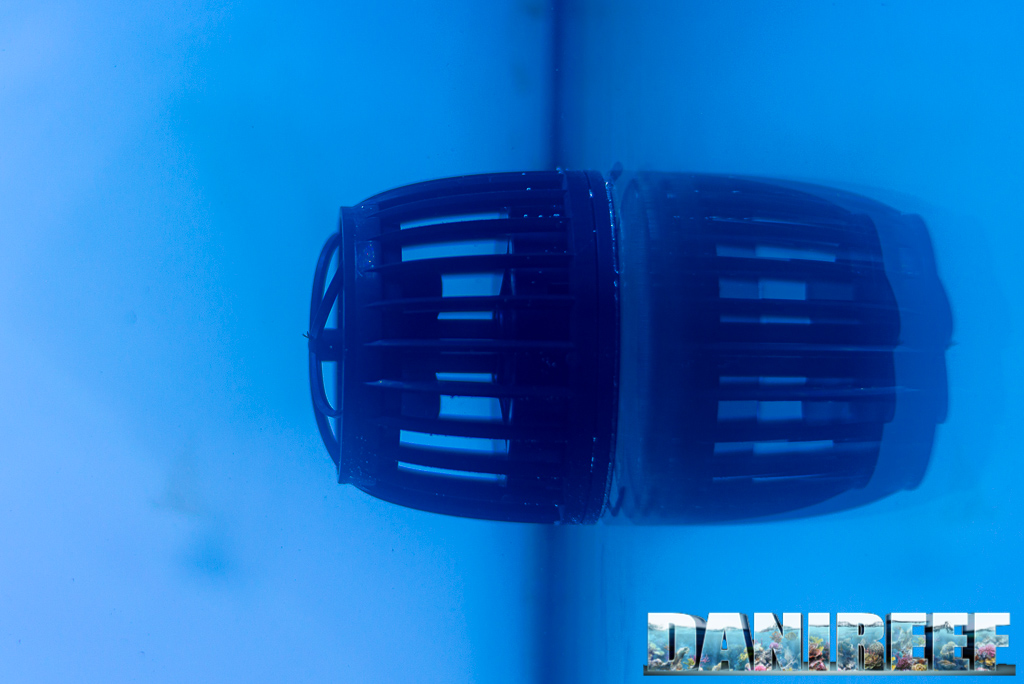
Basically, if they’re placed on two opposite sides they can be installed high enough (without sucking the air of the surface, obviously) and misaligned both vertically and horizontally, and then being set in sync.
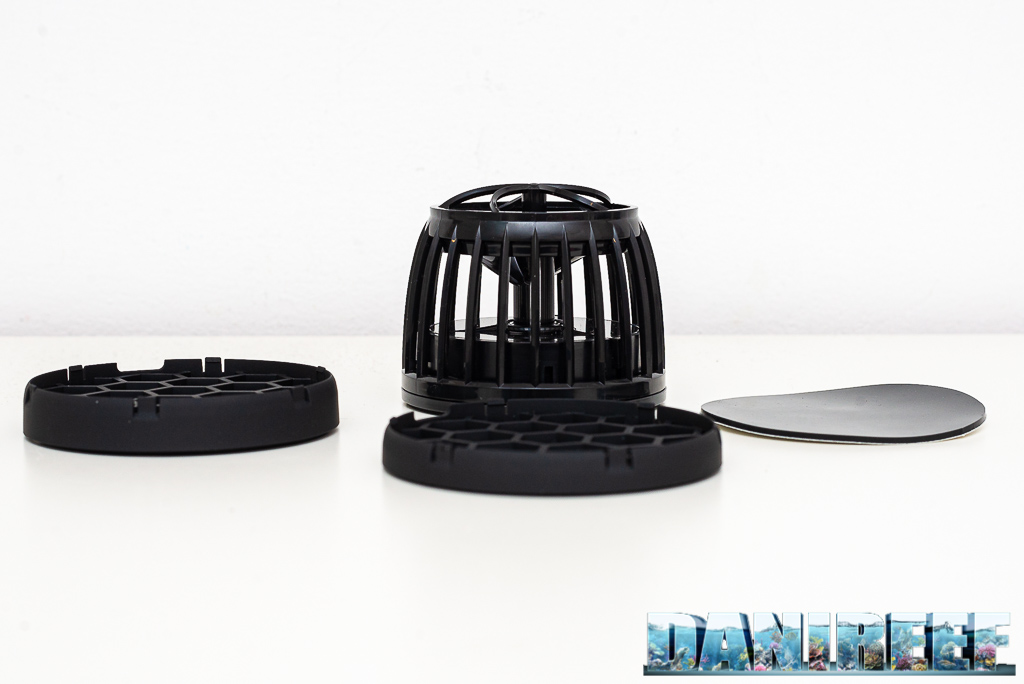
Another important aspect is that the external engine doesn’t give heat to the tank and the need to chill down the aquarium is less of a problem, especially in summer. On the other side, of course, it has to be heated more in winter. Consider that a couple of similar pumps consume 37w each and are like a small heater of 12 watt switched on 24/7.

But we have another remarkable advantage. Once the pump is switched off with the multicontroller, through the button on the right, it’s very easy to extract and clean it without being close to the aquarium or slide out all the cables as we have been used to with traditional pumps. A really priceless possibility.
The set up is less complicated than the first model. You only have to pair the two parts with the glass and switch on in constant flow mode at maximum power, in order to see if there are any problems with the coupling. You only have to move and turn the Wet Side in order to find the correct alignment. Once set up you can play with the controller! As we have seen, every pump is sold with their own controller, that is wirelessly linked with all the other controllers in its range.
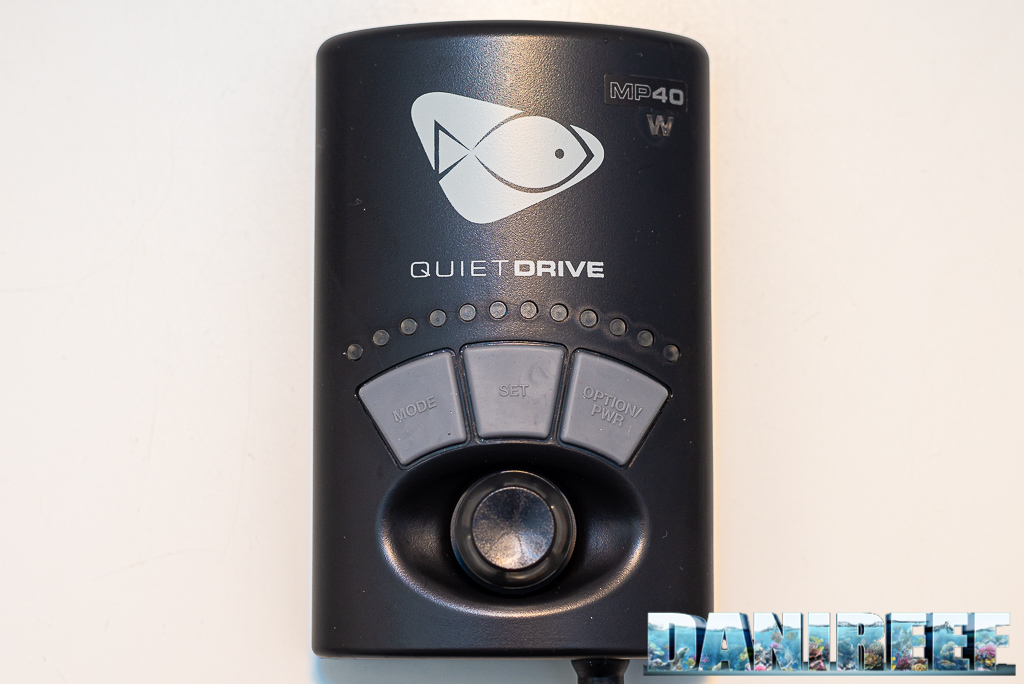
Mobius
The Ecotech Marine app is available for the VorTech. It’s called Mobius and it has a simple but powerful configuration. In the video you can see the whole procedure, here are just the most important steps:
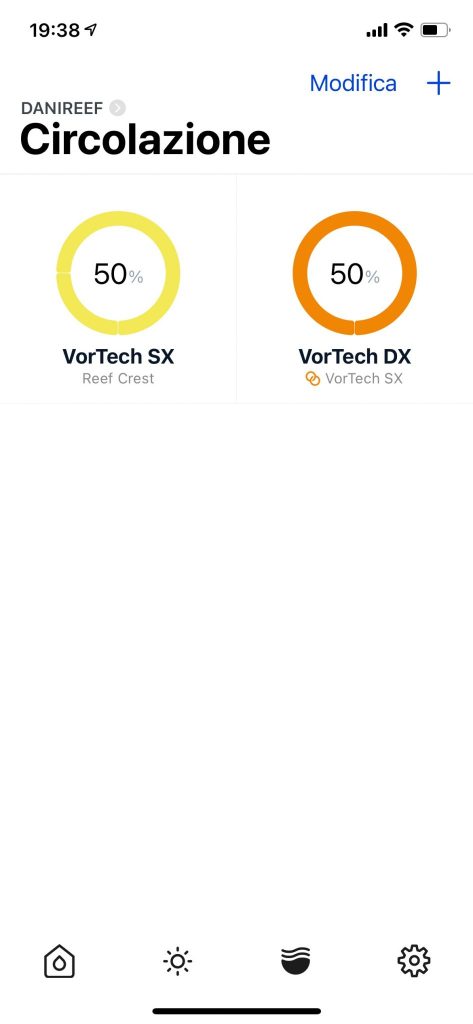
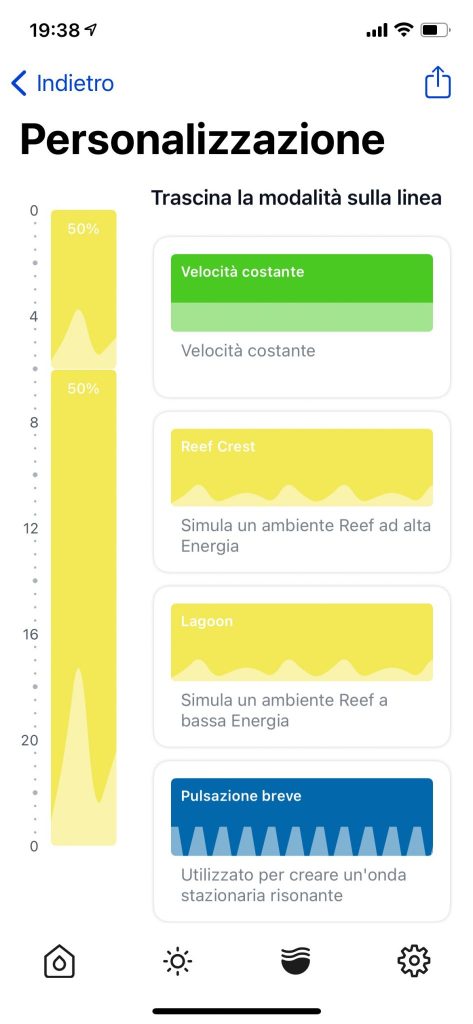


Once the pump is added, you’ll see a small circle that shows the maximum power of the pump. In this feature you can personalize the modality, and add or change the programs even during the day, something that you can’t do with the controller only. You can also configure more pumps like father and daughter, in order to make them synchronize. With Sync the pump will go in the same way, with Antisync the two pumps will go the opposite. When one goes at its maximum, the other goes at its minimum and vice versa. All very simple and intuitive. A big step forward compared to the configuration through the controller only. This modality is still possible for the ones who don’t like to play with the app.
The functioning modalities
At this point you can play with the various modalities, and I suggest trying them all, because each one has its interesting features and has different advantages for the aquarium. Excluded, obviously, the green modality of constant power, designed only for very particular situations.
The most interesting modalities are, for sure, TSM (Tidal Swell Mode), NTM (Nutrient Transport Mode) and Gyre (uniform clockwise and counter-clockwise movement).

The first is shown in the picture above and it works better with three pumps, two placed on the glass on the sides and the other one on the glass behind. All together they simulate the tide swell, increasing gradually the flow on one side and decreasing on the other side, with an average flow over 70%, without the wave effect. It’s great to keep a big mass of water moving and it provides the right amount of movement in every part of the tank. Ecotech Marine suggests this modality for aquariums with SPS, I think it would be more recommended for LPS but with the attention to lower the power of the pumps in order to not damage them.
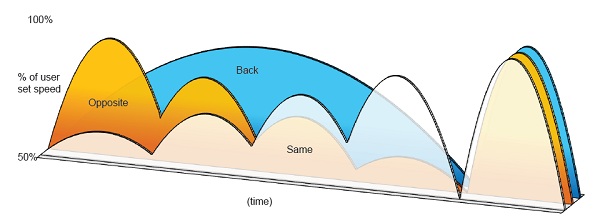
The second modality is NTM, and that’s the one I prefer and I’m actually using, that alternates a pulse phase to a transport of the nutrients to the drain, increasing the power gradually until it reaches the maximum. It will create a wave motion, a good transport of nutrients both through the corals and in extraction, but with a lower rate compared to the previous method. I think it’s the best for SPS.

The Gyre modality creates a model of flow made by levels of uniform clockwise and counter-clockwise flows that pulse in a selected break of two seconds up to two hours. Obviously it requires at least two pumps.
Then there are the two classic modalities, the Reef Crest and the Lagoonal, the first is a very energic modality that alternates movements with a very low rate, suited for SPS corals, while the second modality has a bigger average rate, but it doesn’t have relevant variations and is suited for LPS.
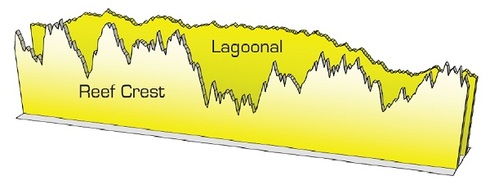
Given the fact that for both these modalities you need to change from low to high rates for a better variation, it may be better to use the modality with less variation, less energy and more flow rate with aquariums full of SPS in order to have the best motion in aquarium. Obviously it’s a borderline possibility but it must be evaluated.

Last but not least, there are two pulse modes, short and long, and depending on the pulsation time of each pump, less than two seconds in one case and up one minute in the other, you can obtain a good wave swell or a changing of currents effect.
In addiction, this controller also has a button for feeding the fish, a command that lowers the power of the pump to the minimum for some minutes. You may also set it to lower the night rate to a value of 25%, 50% (the default) or 75%. Through Mobius you can use the app for the feed mode, you can choose intensity and timing, or combine different powers for different hours of the day.
Power consumption
It’s declared that the VorTech MP40QD pumps have a consumption of 37 watt.
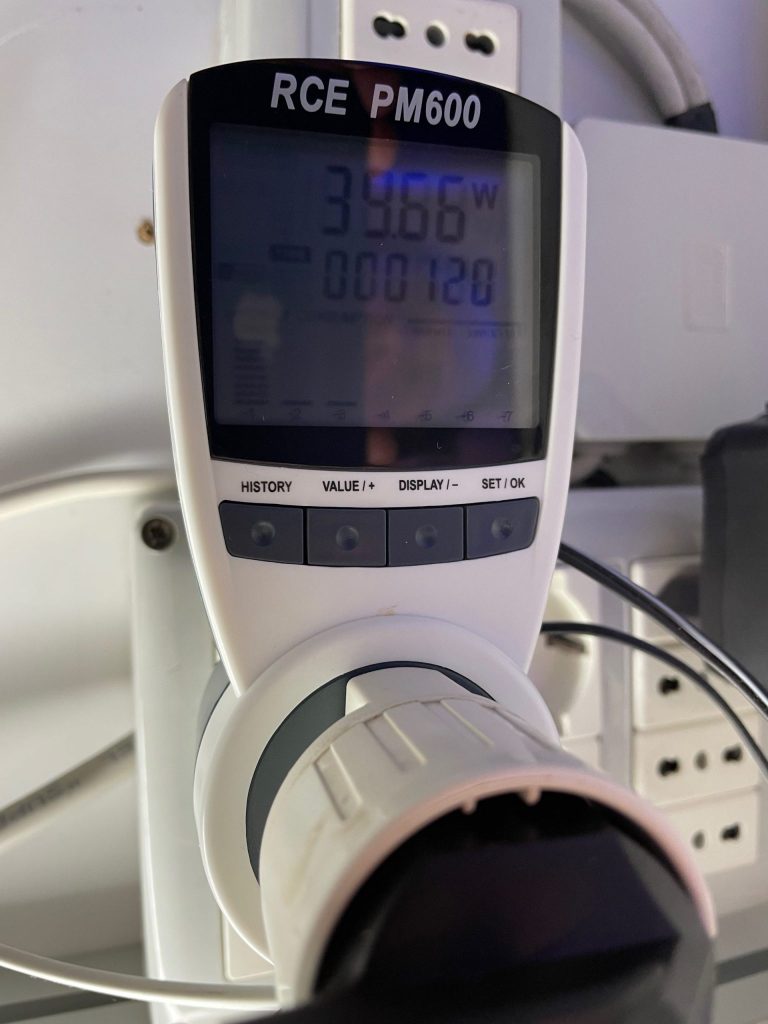
We measured a little higher consumption than declared, of 39.66 watt. This means a cost of 94 euro, if the cost per watt stayed stable at 0,27 euro per kwh. Of course we’re considering a pump alone working at 100%. In practice, the consumption will be lower than our measurement.
The noise
The biggest problem of the previous model was the noise, so that I’ve never been very comfortable in the purchase of these because I didn’t believe they could be quiet. But I was proven wrong. As you will see from the measurements of the noise but also from the video, these pumps are really silent.

To measure the noise I used my sound meter, the VOLTCRAFT 320, digital sound meter IEC 651, Type II. Given the nature of the noise all the measurements have been done with the attenuation curve dBA, closed double glass windows, the sound meter on a tripod at one meter of distance and with a time break of 120 seconds between the revelations, in which I measured the MINIMUM value, so as to minimize the noise peaks.
Aquarium completely switched off and movement pumps switched off: 42.3 dB
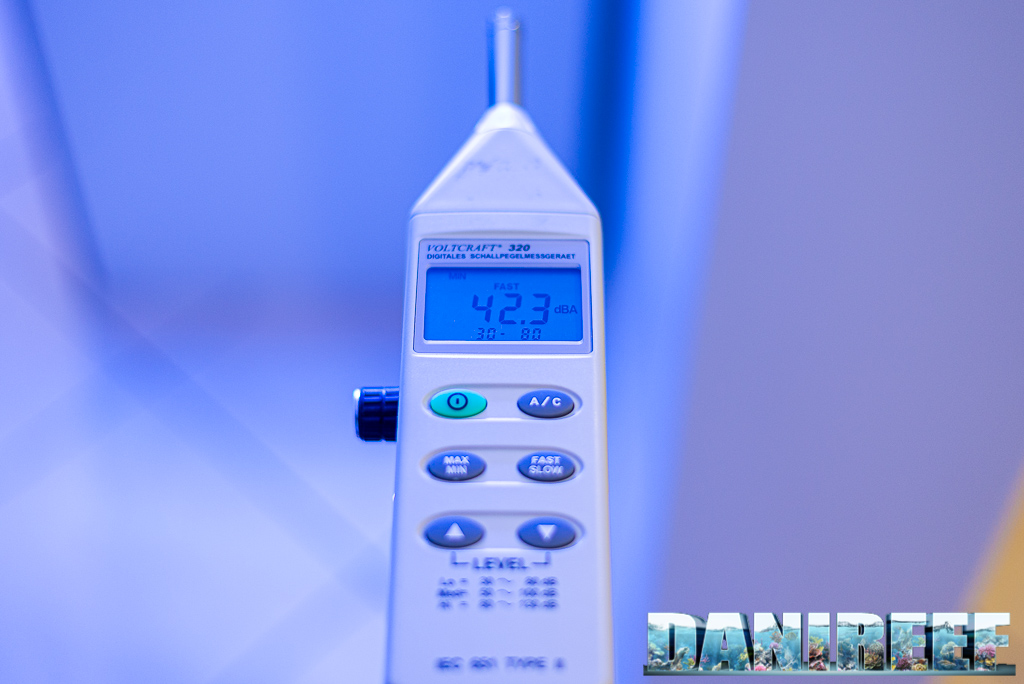
Aquarium with VorTech on, in constant flow mode (green) at maximum power: 42.6 dB

The difference in sound pressure with the pump on and the pump off is 0.3 dB, almost 0. The pumps are completely quiet! If you watch the video you’ll see that I’m so shocked that I must have repeated myself a thousand times.
Conclusions
The VorTech were seen as the queens of the movement pumps, even with the problems of the earlier generation. But since then they improved even more and, yes, I think they’re the best on the market. They’re not cheap, because this quality is true, but they don’t make any noise anymore, so they can be inserted in every context.
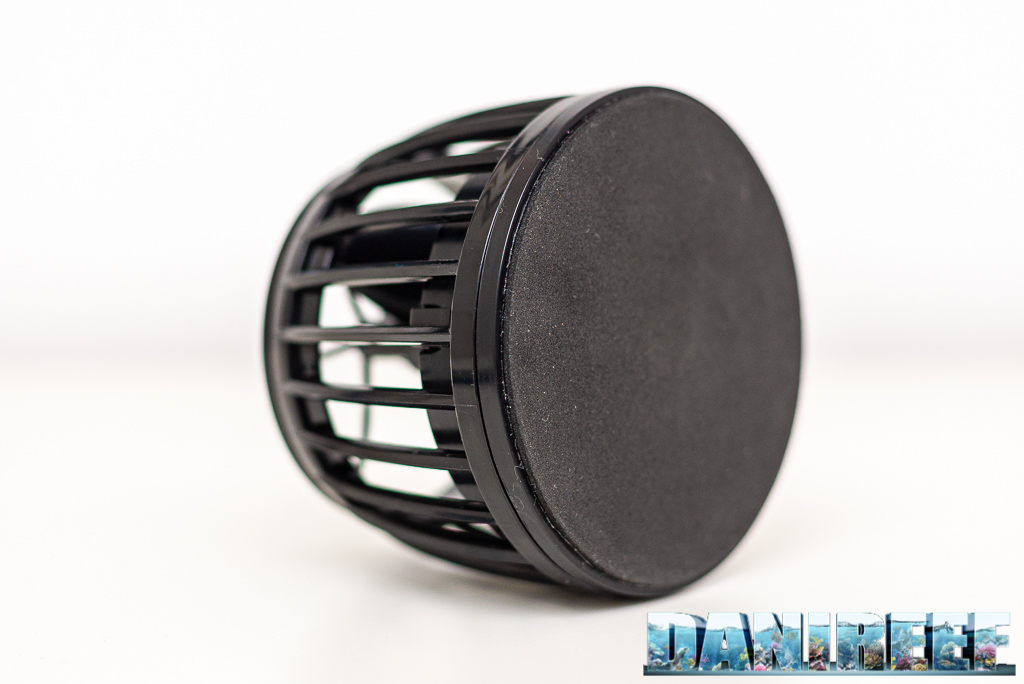
With Mobius you have the ease of the setting, the immediacy (I used it through iPhone and iPad) and the flexibility are incredible. They’re easy to clean because you have no problem extracting them from the aquarium. They only have one problem, that comes from their particular construction: they can’t be oriented and for someone this can be a real problem. Otherwise, the flow is powerful, but gentle and wide, and it’s possible to buy their backup battery… It’s hard to ask for more, to think of more. The pump is beautiful to see, even appealing, engineering speaking (don’t forget I’m an hydraulic engineer!), it doesn’t heat the aquarium and has a very little bulk in the tank. All of this at a considerably high price, not for everyone, because 419 ($448 USD) euro for a single pump isn’t cheap.

[Translated by Agnese Poggi]









0 Comments